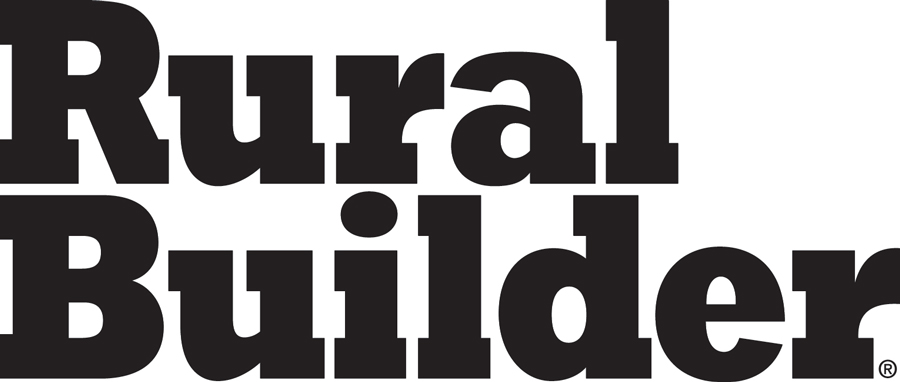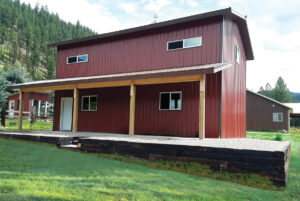Interest in and use of design-build method of project delivery is growing dramatically. Today, design-build is the project delivery method of choice on more than 30 percent of the non-residential construction projects in the United States. Since 1985, the use of design-build has grown substantially, particularly in the private sector, and is being used in a wide array of commercial and institutional applications including hospitals, educational facilities, office buildings, retail centers, and hotels.
Design-Build is a process that was applied as early as 1800 B.C. in ancient Mesopotamia when the Code of Hammurabi assigned master builders with absolute responsibility for both design and construction. Today, we are seeing a resurgence in the use of design-build, as owners and today’s “master builders” strive to deliver capital facilities which serve as bottom-line assets in an ever-increasing competitive marketplace.
Historically, master builders readily accepted the duty of serving as architect, engineer, and builder, assuming responsibility for every aspect of the project and commanding the services of multitudes of skilled craftsmen. Many of the great buildings of ancient Greece, such as the Parthenon and the Theatre of Dionysius, stand today as monuments to the hard work and talent of the early builders, as well as the viability of the single-source design-build approach.
With time, however, the responsibilities for design and construction began to separate, particularly in the United States. While single-source responsibility was used in the United States for many petrochemical facilities in the mid-1900s, the real resurgence of interest in design-build within America has occurred primarily over the last decade.
What is a project delivery method? The answer is a comprehensive process including planning, design, construction, and other services, necessary for organizing, executing, and completing a building or other project. Examples of project delivery systems for capital facilities include the “traditional” design-bid-build approach in which the project owner commissions an architect or engineer to prepare drawings and specifications under a design contract, and subsequently selects a construction contractor by competitive bidding (or negotiation) to build the facility under a construction contract.
Another system is the construction management method in which an owner engages an architect/engineer (A/E) for design and a construction manager to coordinate the delivery process. The contracts for such ancillary consulting or subcontractor services can either be with the construction manager or directly with the owner.
Another project delivery method, the design-build method, occurs when one entity (design-builder) forges a single contract with the owner to provide architectural/engineering design services and construction services. (Design-build is also known as design-construct and single source responsibility.)
There are many benefits with the use of the design-build method of project delivery, including these:
• Singular responsibility
• Quality
• Cost savings
• Time savings
• Potential for reduced administrative burden
• Earlier guaranteed cost
• Improved risk management
What’s the key in successfully accomplishing design-build, and how can it be advanced? The answer to this question is: First and foremost, focus on the owners. These words of advice from the Design-Build Institute of Americas’ fifth chairman of the board, Don Warren, president of Suitt Construction Company, were given to DBIA’s members and staff at the organization’s first meeting in 1993, and continue to guide, not only DBIA’s operations today, but those of many successful design-builders, no matter how large or small they are.
This focus on the total need of the facility owner continues to distinguish DBIA members from their competitors, most of whom concentrate on their core competency which is dictated by their learned profession or trade. By contrast, DBIA members typically have always had an eye on the external exigencies of meeting the marketplace, on understanding the owner’s business drivers, and delivering the most efficient solution. Going forward, an aspiring competitor in the design-build marketplace needs to assess what that firm has already done for its customers, and then determine how the organization can add further value for the customer.
Through strong leadership of Rik Kunnath, CEO of Pankow Builders Ltd., DBIA’s second chairman, DBIA created and published the Design-Build Manual of Practice. This flagship publication has an entire section devoted to owners’ design-build project implementation guidelines. Similarly, DBIA started an owner’s on-site training program through the leadership and encouragement of 2001 Vice Chairman Mark Shambaugh, president of Shambaugh and Son. The first owner’s on-site was provided to Eli Lilly & Company, and the program has since been reprised for many other project owners of varying sizes.
A DBIA survey of owners’ needs during the mid-1990s revealed a number of products and services that owners recognized as the tools needed to properly implement design-build programs. Among those tools were a family of multi-disciplinary design-build contracts, studies revealing the statistical advantages of design-build delivery, a master guide performance specification system, and increased educational programming. These tools are available within the industry. Going forward, some others that should be developed for design-builders of all sizes include:
• Programming/Performance Specifying Template — A tool that will allow the synthesis of owner/user requirements to build a design-build RFP or project manual, and that will allow a feedback loop that tests the project results for “fitness for purpose.”
• Integrated Insurance Product — An insurance product that comprehensively takes into consideration a design-build entity’s risks and exposures and realistically insures against potential losses.
• Guidance and Risk Identification and Pricing — An examination of potential risks on a design-build project that will provide a starting point for both owners and design-builders to properly ascertain, value, and assign risk and responsibility to attain the most efficient and fair contracts.
• Technology Benchmarking — Asking owners and designer-builders to look at the utility of their technology investments, and to find ways to link and integrate hardware, software, and data systems for the betterment of the integrated process.
• Multi-Disciplinary Design-Build Curriculum — Describing, in a living document, the courses, training, and competencies needed for tomorrow’s designer-builder, including professional design, construction management, business, and related core topics.
• Performance Codes and Standards — Reaching out to the building and zoning code community to align owner’s development needs with concerns of safety officials, and meaningfully participating in the development of national and international design, construction, and operating performance standards.
With the development of these tools, design-build practitioners and owners can focus on the successful development of projects via the design-build method of project delivery. RB





















